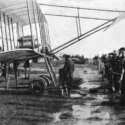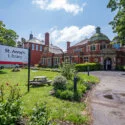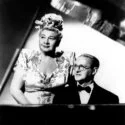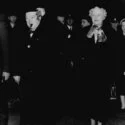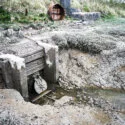As Blackpool marks one hundred and fifty years since its incorporation, no official celebrations have yet been announced. Instead, the focus of the Council remains on development projects, the Town Deal, and preparations for its role in the new Combined County Authority. The story of Blackpool’s governance begins on January 21st, 1876. That day, the seaside town was granted its Charter of Incorporation, formally establishing it as a municipal borough. The first mayor, Dr. William Henry Cocker, took office—signalling the beginning of a new chapter in local self-government.
Before incorporation, Blackpool was administered by a local board of health, set up in 1851. But the town’s fortunes changed dramatically in 1846, when the railway arrived. It opened Blackpool’s beaches to thousands of working-class holidaymakers from Lancashire and Yorkshire. The rapid growth that followed demanded a stronger, more independent system of governance. With its charter, Blackpool gained just that—a town council, complete with mayor, aldermen, and councillors.
Over the decades that followed, the structure of Blackpool’s authority would evolve again and again. In 1904, it became a county borough, free from Lancashire County Council, with control over county-level services. In 1974, reforms placed it back under Lancashire’s administration, this time as a non-metropolitan district. And then, on April 1st, 1998, Blackpool regained its independence as a unitary authority, taking back full responsibility for its own services.
Now, in 2025, a new chapter begins. Blackpool will join the Lancashire Combined County Authority—part of a wider push to strengthen collaboration and development across the region. From a small seaside hamlet to a major coastal resort, its journey of governance tells the story of a town that has continually reshaped itself to meet the demands of growth and change.
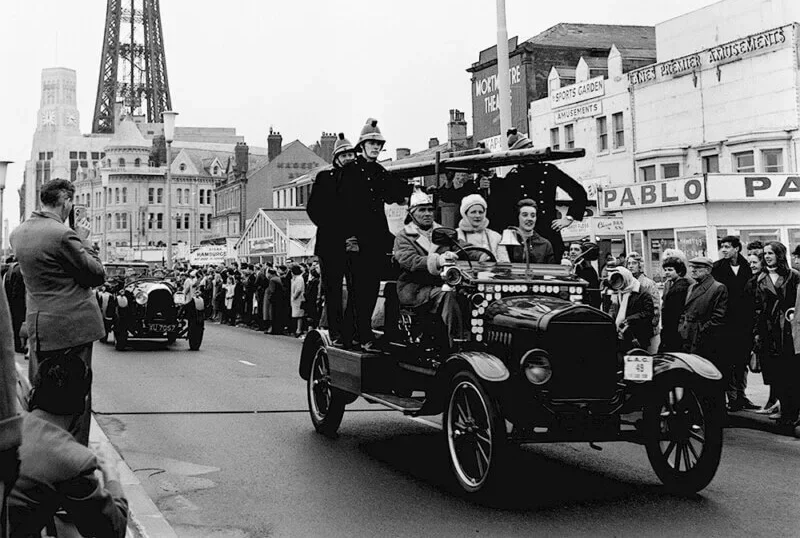
Text source: Chat GPT & Google AI
Images by © Alamy











